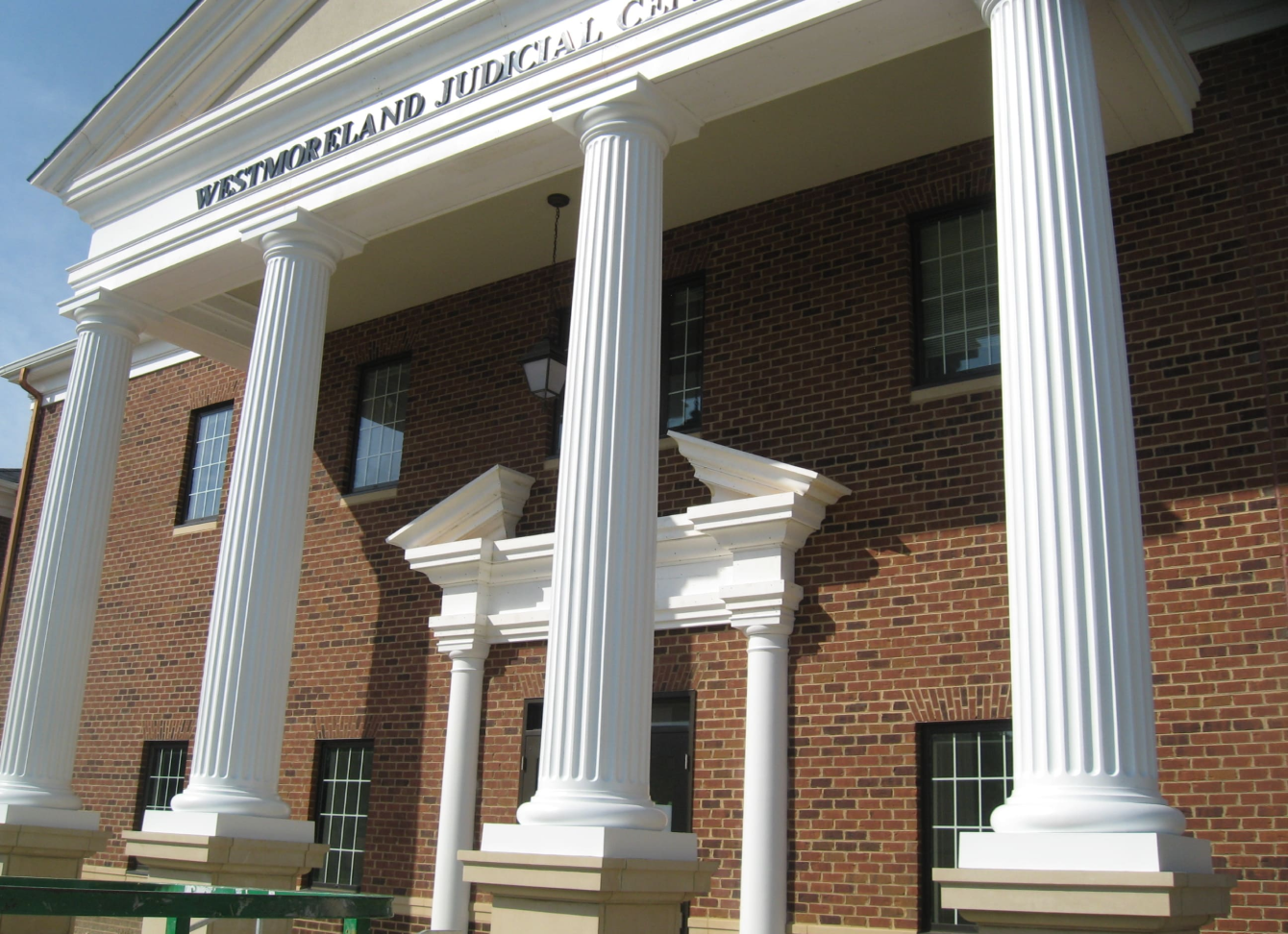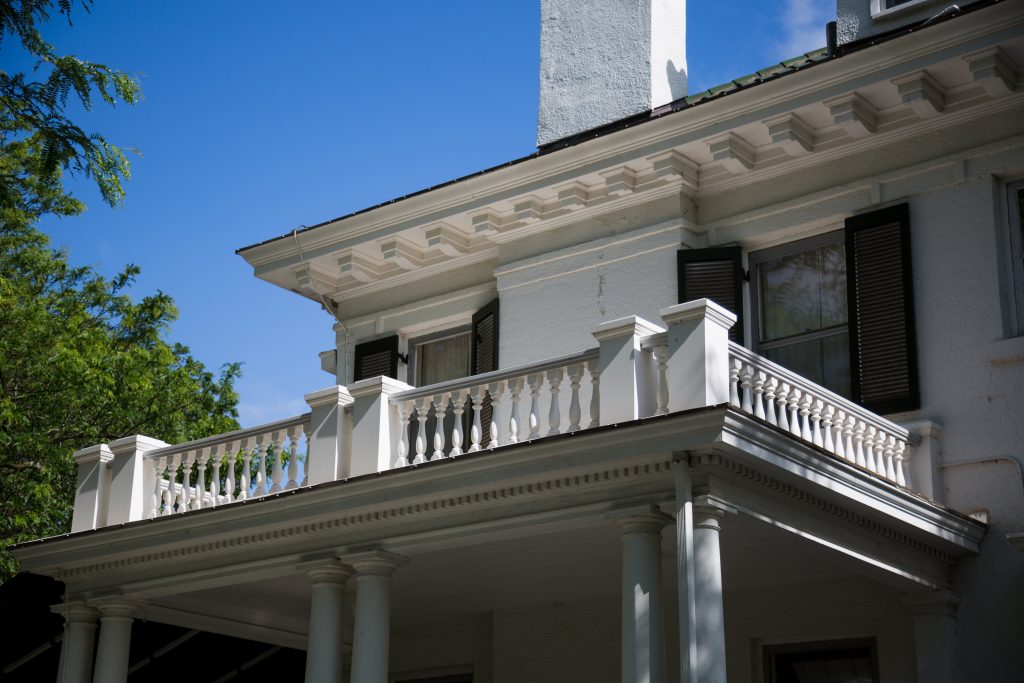A two-tier deck provides extra space where you can lounge and enjoy the sun or shade. The beautiful outdoor setting that two-tier decks create goes a long way in enhancing your home’s aesthetic and resale value. Proper maintenance of your deck improves its useful life. Likewise, poor maintenance can lead to deck collapses.
As you evaluate the longevity of your deck, you should be aware of tips that can help you keep it structurally sound. Here are six things you should do to keep your two-tier deck strong for years.
1. Mitigate Corrosion
Often, two-tier decks are made from wood and metal hardware. Over time and with continued exposure to the elements, nails, screws, and metal connectors can corrode, thus weakening the deck’s structure. Besides this, wooden planks can also start rotting away. To mitigate corrosion and keep your deck strong, ensure that you use pressure treated wood and corrosion-resistant metal connectors and rails.
2. Shade Your Deck
Dry and spacious decks are more durable than that are exposed to rain, the sun, and other weather elements. A simple roof over the deck catches the water that would otherwise drip through your deck boards, before redirecting it. In the long run, you will prevent the deck’s structure from getting wobbly.
3. Proper Weight Distribution
For most homeowners, two-tier decks are popular hangout spots. To enhance your deck’s lifespan, ensure that it is designed to support its own weight and anyone else who will get on it. Generally, three different types of forces put pressure on two-tier decks.
- Gravitational force, which is the downward pressure caused by people standing on the deck.
- Lateral force generated by the back and forth movement of people who walk on the deck, and those who lean on the railing. Weather elements such as wind also cause lateral force.
- Uplift force generated by the flow of wind under the deck, thus creating a lifting effect.
To keep your deck strong, ensure that its design incorporates these forces. Similarly, the design and size of the deck should correspond with the number of people that you expect it to hold.
4. Create a Consistent Load Path
When using your deck, consider creating a continuous load path on the structure. You can do this by using metal connectors to create several reliable connections on the deck. These connections will transfer the deck’s weight to the ground via its frame. A deck that has a continuous load path is better equipped to withstand forces that can weaken the deck.
5. Use Tough Decking Materials
For years, wood and metal were the most popular deck-construction materials. In recent years, there has been an uptake in the use of polymers and wood fibers. These are not only tougher but also offer higher resistance to scratches and decay. More robust materials might be costly, but they guarantee more durability.
6. Check and Correct Slack Connections
Depending on how your deck is constructed, vital connections can get degraded with time. As a result, wooden planks and metal railings may appear to be pulling away. Regular inspection and maintenance go a long way in helping you pinpoint and replace loose boards, protruding nails, and other deck components.
A properly constructed deck not only looks good but also serves you for years without exposing you to any harm. For this reason, ensure that your two-tier deck is built and maintained by experts. They know the right materials to use during construction as well as the best maintenance practices.
Do you wish to install a deck that will stay strong for years? Contact Worthington Mill Works today. The company uses high-grade American Made Architectural Products that are engineered to last for ages.


